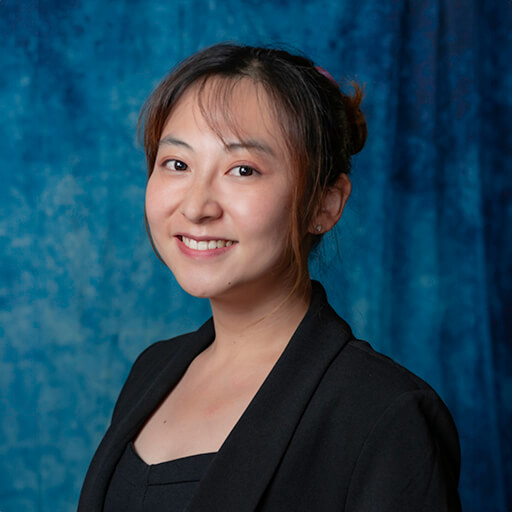The Role of Reactive Astrocytes in Glaucomatous Axonal Degeneration

About the Research Project
Program
Award Type
Postdoctoral Fellowship
Award Amount
$150,000
Active Dates
July 01, 2022 - June 30, 2024
Grant ID
G2022003F
Goals
This project explores whether reactive astrocyte-induced neurotoxicity is driven by activation of complement factor C3, with a focus on the effects of reactive astrocytes upon the axonal compartment.
Summary
To study the inhibition of complement C3 in the acquisition of the A1 reactive phenotype by astrocytes, shRNA approaches will be used to knockdown C3 prior to activation of astrocytes (Aim 1). To investigate how A1 reactive astrocytes modulate the RGC axonal compartment, RGCs will be grown in microfluidic devices and cultured with astrocytes within the axonal compartment (Aim 2). To explore if modulation of A1 astrocytes results in protective effects upon RGCs, RGCs will be grown with C3 shRNA-transduced astrocytes within the axonal compartment (Aim 3).
Unique and Innovative
The neuroinflammatory mechanisms associated with glaucoma are unique, given the focal localization of reactive astrocytes with retinal ganglion cell (RGC) axons in the optic nerve head, where the initial site of injury occurs. Microfluidic devices will isolate RGC axons to study the effect of astrocyte reactivity, as well as the ability to modulate these astrocytes towards a neurosupportive profile, specifically upon the RGC axonal compartment in a system that more closely recapitulates the interactions between these cells in glaucoma.
Foreseeable Benefits
The accomplishment of these aims will identify a role for the complement pathway in the A1 reactive astrocyte phenotype as well as in A1-mediated RGC degeneration. Moreover, establishing microfluidic platforms that mimic the compartmentalized nature of RGC axonal degeneration in glaucoma will allow for the study of other mechanisms involved in glaucomatous neurodegeneration. The success of this project will help to identify neurodegenerative pathways dependent upon astrocyte complement activation that will facilitate the development of novel therapeutic approaches.
Grants
Related Grants
National Glaucoma Research
Why Certain Retina Ganglion Cells Stay Strong in Glaucoma
Active Dates
July 01, 2024 - June 30, 2026

Principal Investigator
Mengya Zhao, PhD
Why Certain Retina Ganglion Cells Stay Strong in Glaucoma
Active Dates
July 01, 2024 - June 30, 2026

Principal Investigator
Mengya Zhao, PhD
National Glaucoma Research
Pressure-Induced Axon Damage and Its Link to Glaucoma-Related Vision Loss
Active Dates
July 01, 2024 - June 30, 2026

Principal Investigator
Bingrui Wang, PhD
Pressure-Induced Axon Damage and Its Link to Glaucoma-Related Vision Loss
Active Dates
July 01, 2024 - June 30, 2026

Principal Investigator
Bingrui Wang, PhD
National Glaucoma Research
Boosting Neuronal Energy to Improve Vision in Glaucoma
Active Dates
July 01, 2023 - June 30, 2025

Principal Investigator
Adriana Di Polo, PhD
Boosting Neuronal Energy to Improve Vision in Glaucoma
Active Dates
July 01, 2023 - June 30, 2025

Principal Investigator
Adriana Di Polo, PhD



